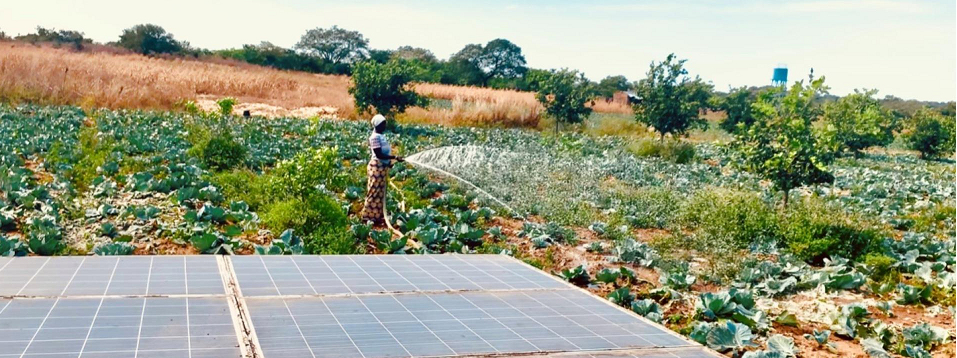In Africa and other sunny areas around the world, solar agricultural irrigation has become an important solution to solve water shortages and improve quality of life.

African agriculture has long been constrained by extreme climate conditions. In sub-Saharan Africa, 60% of farmland relies on rain-fed agriculture, entirely dependent on unpredictable rainy seasons. Usually, farmers only have a planting window of 3-4 months each year. Once the rainy season is delayed or ends early, it means the whole season of crops will be lost.Moreover, 60% of the population and 80% of the impoverished are smallholder farmers, whose greatest need is finding viable income sources.
Solar irrigation breaks this climate fatalism. Solar systems are particularly suitable for Africa’s climate conditions – when sunlight is strongest and rain scarcest, the systems operate at peak efficiency, creating a perfect supply-demand balance.
The global agricultural water crisis: Africa’s Critical Weakness
| Global Average | Africa | Analysis | |
| Agricultural water use | 70% | 85%–90% | ▶ Africa relies more on limited water resources |
| Irrigated farmland | 20% | 6% | ▶ 94% rain-dependent, extremely high drought risk |
| Water-use efficiency (yield per m³) | 1.2 kg/m³ | 0.4 kg/m³ | ▶ Output per unit of water is only 1/3 of the global average |
Economic Perspective: Solar Irrigation Reshapes Africa’s Farming Equation
Traditional diesel pumps cost $150–300 per hectare annually in fuel—equivalent to months or even a year’s income for many smallholders.
Irrigation cost comparison: the economic benefits of solar power pumps(Annual irrigation cost for 1 hectare of cabbage farming)
| Method | Equipment Cost | Annual Fuel/Electricity | Maintenance | Total Cost |
| Diesel Pump | $300 | $520 | $150 | $970 |
| Solar power pumps | $200 | $0 | $30 | $230 |
| Manual (Buckets) | $10 | $0 | $0 | Labor ≈$900 |
In many African regions, microloan programs now enable farmers to purchase solar irrigation systems, often allowing them to repay loans within a few years and even save for a second unit. Leasing models also serve multiple villages, overcoming smallholders’ financial barriers. The near-zero maintenance of solar systems further reduces long-term costs.
After years of comparison and verification, Nonprofit Organization A chose TOPSFLO to develop an affordable, small-scale solar irrigation solution—including a custom 48W/24V micro solar power pumps. Perhaps we can redefine the feasibility of small-scale agricultural irrigation in Africa.
1.MPPT (Maximum Power Point Tracking) Optimization
Early morning/evening: still maintain 30%~50% pumping efficiency.
Strong light at noon: stable voltage, maximize water flow output.
2.Wide voltage design (12V~32V)
Starts at 12V: adapt to weak light environment within 1 hour after sunrise.
32V Overload Protection: Auto-voltage regulation under intense noon sun.
3.Energy Efficiency
Brushless PM motor (85%+ conversion efficiency)
MPPT controller optimizes performance at 600–1000W/m² solar irradiance
24V system reduces line loss by ~30% compared with 12V system
4.Durability
Operating range: 0°C to 50°C
IP68 rating (Waterproof and dustproof)
We are honored to be able to participate in, support and help the development of Africa’s ecology and economy with Company A. This is a very meaningful thing. We hope that it will make it easier for more Africans to find jobs and improve their living standards.
African agriculture is shifting from a survival model that depends on the weather to a sustainable development model driven by technological innovation. When sunlight is converted into sweet spring water for crops, it irrigates not only the land, but also the future hope of the African continent. In this birthplace of human civilization, a green revolution led by clean energy is sprouting.
Recommend you also directly send and email to info@topsflo.com to get our fastest response.
Recommend you also directly send and email to info@topsflo.com to get our fastest response.
